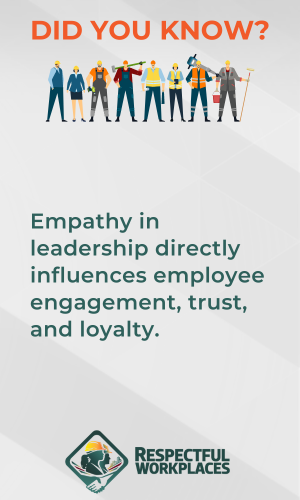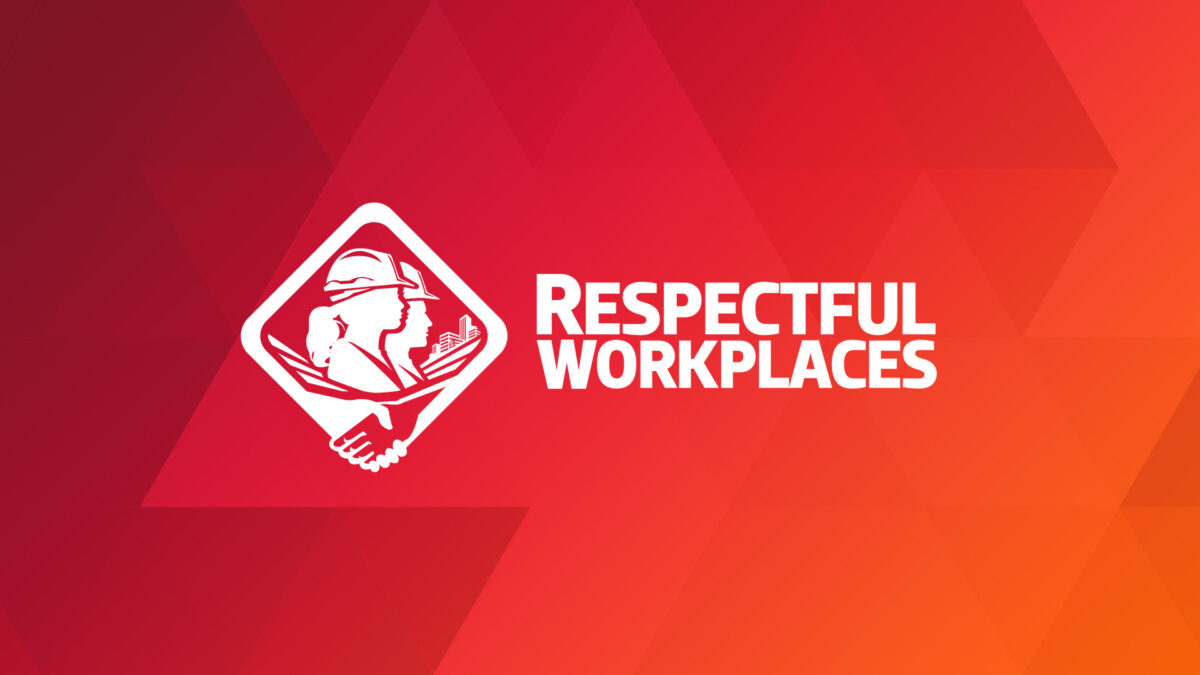
Inclusive leadership stands as a beacon, guiding organizations through the complexities of a diverse workforce. It champions recognizing and celebrating differences, and fosters a culture where every individual feels valued and empowered. This leadership style enhances team collaboration and creativity and drives sustainable growth by embracing perspectives and ideas.
As businesses across the country navigate the intricacies of globalization and cultural integration, embracing inclusive leadership practices becomes crucial for success. It is not merely a trend but a fundamental shift towards creating inclusive, equitable, and accessible workplaces where everyone can succeed.
Pillar one: bias awareness
The first critical step is understanding and addressing our own individual biases, as they can significantly impact decision-making. Strategies for recognizing and mitigating bias involve continuous education and self-awareness exercises. Leaders are encouraged to participate in bias training workshops and to foster open dialogues within their teams. Incorporating tools such as anonymous recruitment processes and diverse hiring panels are practical steps toward minimizing bias in talent acquisition.
Many providers in Canada offer resources and training to improve bias awareness among leaders, underlining the importance of this pillar in cultivating inclusive workplaces.
Pillar two: embracing cultural competence
Being culturally competent is about a person’s ability to understand, appreciate, and effectively interact with people from diverse backgrounds. For leaders aiming to build cultural competence, the journey begins with self-awareness – understanding one’s own cultural biases and perspectives. Leaders are then encouraged to actively seek knowledge about different identities through training, mentorship programs, and direct engagement. Individuals can utilize a tool like the Intercultural Development Inventory to assess their current level of cultural competence and work with an assessor to develop a plan to advance along the intercultural development continuum.
Cultural competence enhances team cohesion, drives innovative problem-solving, and ensures that all voices are heard and valued. Ultimately, cultural competence enables leaders to create workplaces where difference is accepted, valued, and leveraged for collective success, setting a standard for organizational excellence.
Pillar three: acknowledging privilege
Privilege is about unearned advantages based on aspects of identity such as race, gender, socioeconomic status, or sexual orientation. It is imperative for leaders to acknowledge their privilege and leverage it to create inclusive and equitable workplaces. This entails understanding the privilege spectrum, where individuals might enjoy certain benefits or face disadvantages based on various identity factors.
Creating space for dialogue about privilege and power dynamics is essential. This involves fostering environments where employees feel safe and supported in sharing their experiences and perspectives freely. Encouraging honest conversations about personal behaviours, team dynamics, and workplace practices helps acknowledge and address discriminatory practices, fostering a culture of respect and inclusion.
Pillar four: leading with empathy
Empathy, the ability to understand and share the feelings of others, is about seeing the world through others’ eyes, sharing their emotions, and understanding their perspectives. In the workplace, empathy contributes to building strong relationships, fostering a supportive environment, and enhancing team performance. Research has shown that leaders who exhibit empathy are viewed as better performers by their teams and superiors.
Practical ways to demonstrate empathy in daily interactions include recognizing overwork and stress, showing genuine interest in team members’ lives, offering support during personal challenges, and expressing compassion in times of loss. Empathy in leadership directly influences employee engagement, trust, and loyalty. A study by Catalyst showed that employees who felt their leaders were empathetic reported higher levels of engagement and a better ability to balance work and personal life. By understanding and implementing empathetic practices, leaders can significantly impact their team’s morale, productivity, and overall satisfaction.
Integrating the four pillars of inclusive leadership: actionable steps
Integrating the pillars of inclusive leadership requires leaders to acknowledge their biases and strive for self-awareness, ensuring their actions and decisions reflect a commitment to diversity, equity, and inclusion. It is essential that leaders focus on all four of the pillars to ensure they are well-rounded in their leadership. This involves understanding and empathizing with the experiences of team members and fostering an environment where everyone feels valued and heard. Leaders should also prioritize continuous learning and development through mentorship, training, and reflective practices to enhance their inclusive leadership skills.
The Four Pillars of Inclusive Leadership—bias awareness, embracing cultural competence, acknowledging privilege, and leading with empathy—form the foundation of a truly inclusive leader. Each pillar plays a vital role in nurturing an environment where diversity is valued and everyone feels included.
For more information on inclusive leadership and its impact, resources such as Great Place to Work® Canada and Understood provide a wealth of knowledge and guidance for leaders seeking to enhance their approach to inclusivity.
Michael Bach is an author and speaker, a thought leader in inclusion, diversity, equity, and accessibility, and an IDEA consultant to BuildForce Canada.

Respectful and Inclusive Workplaces
